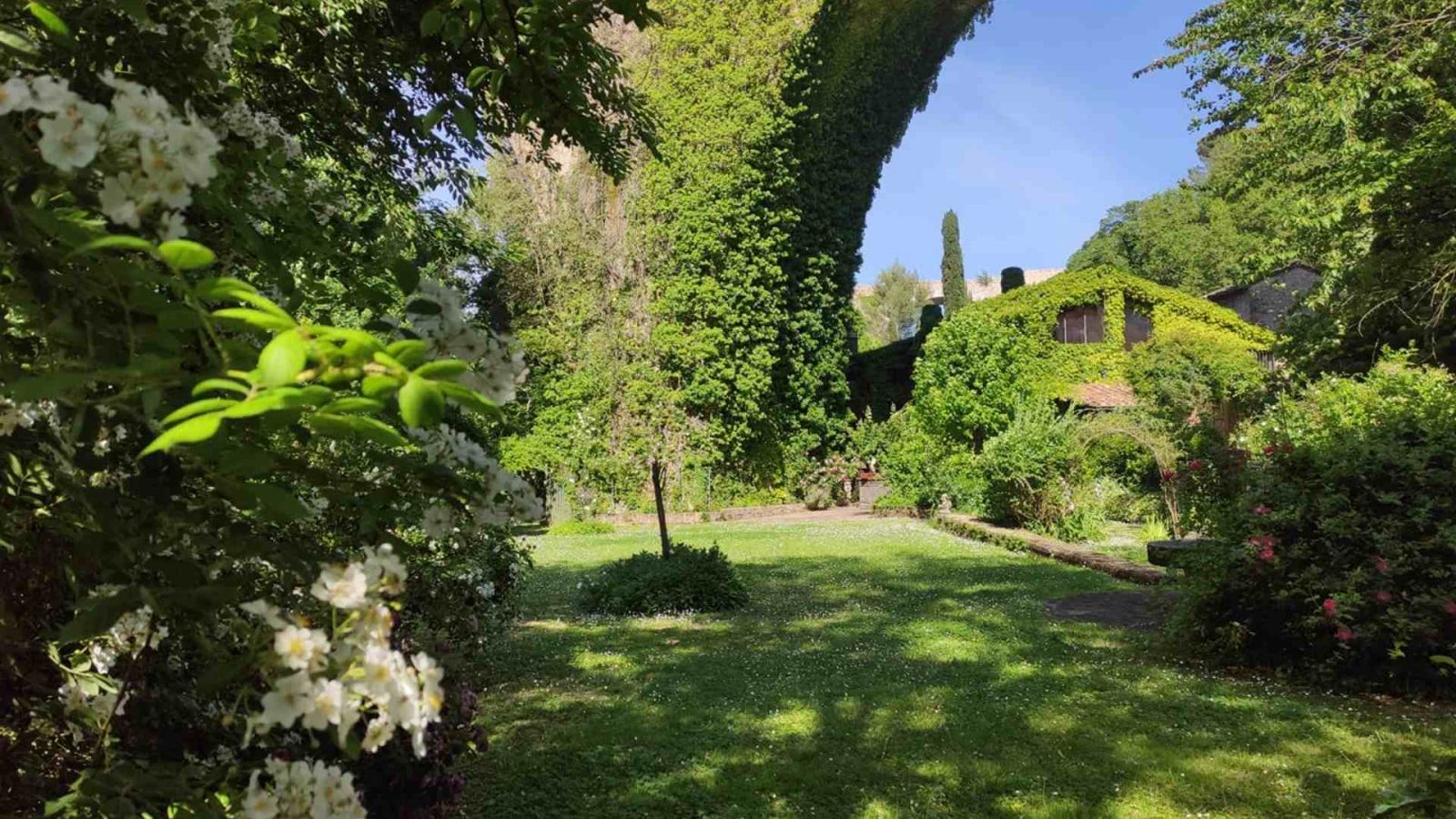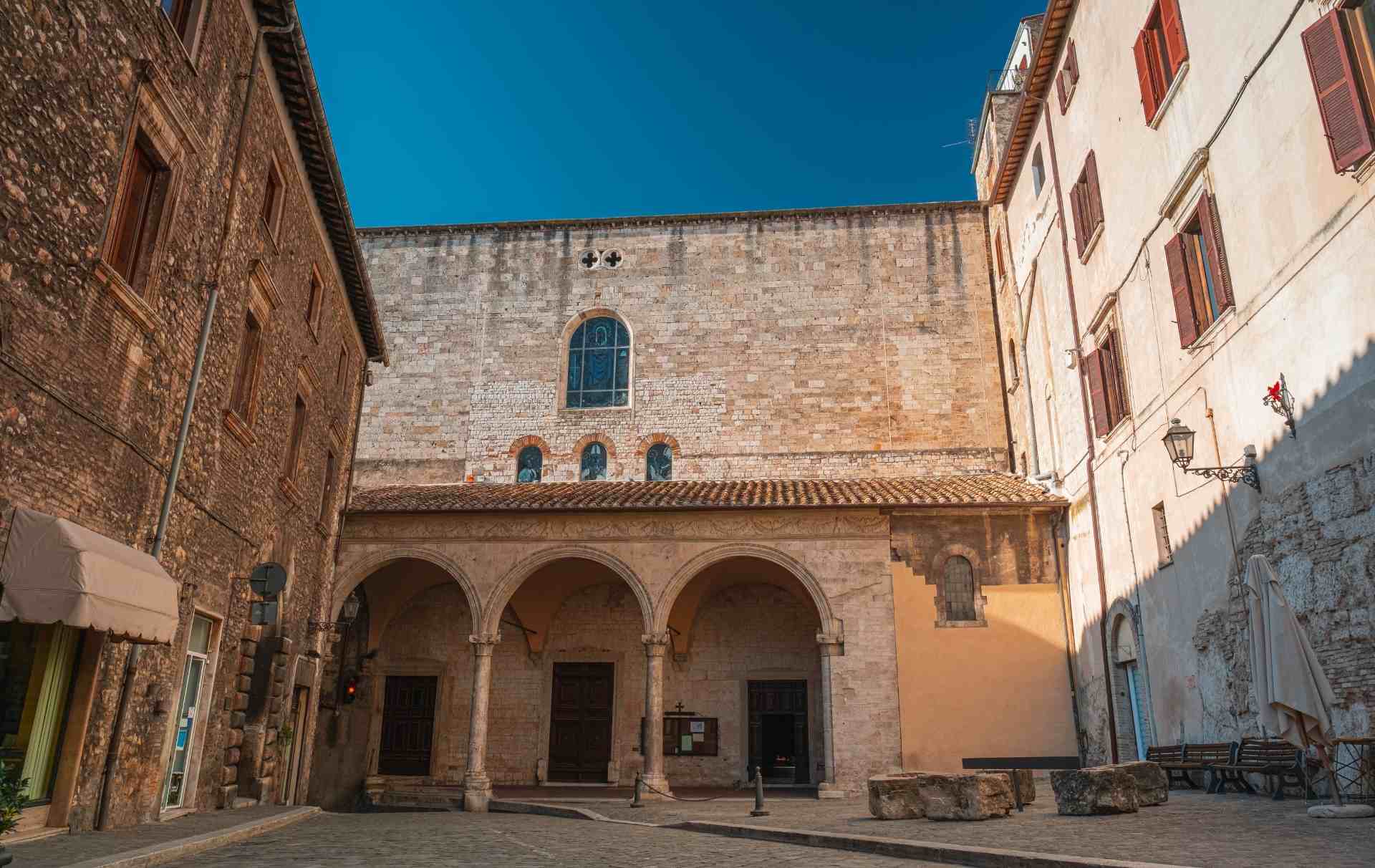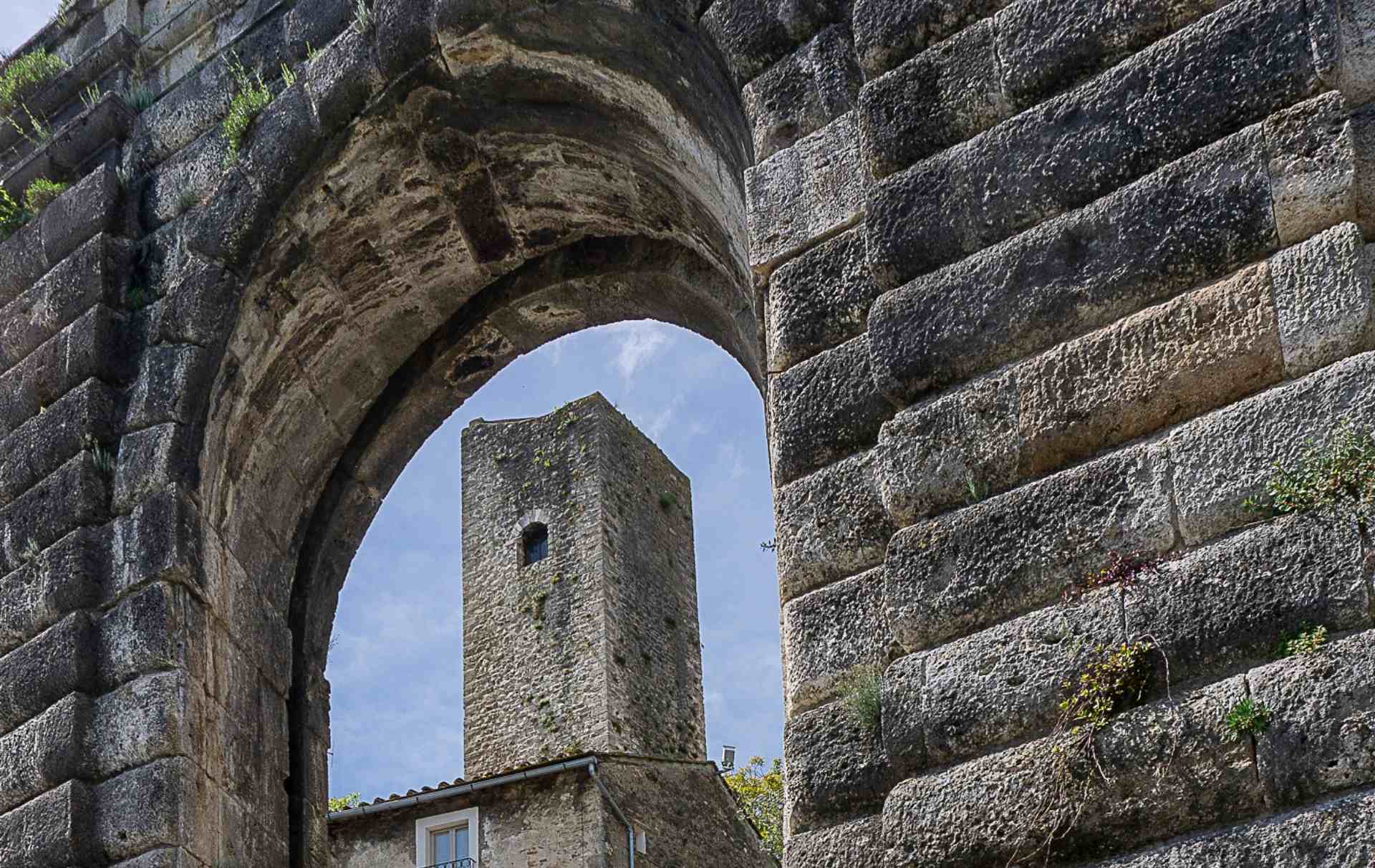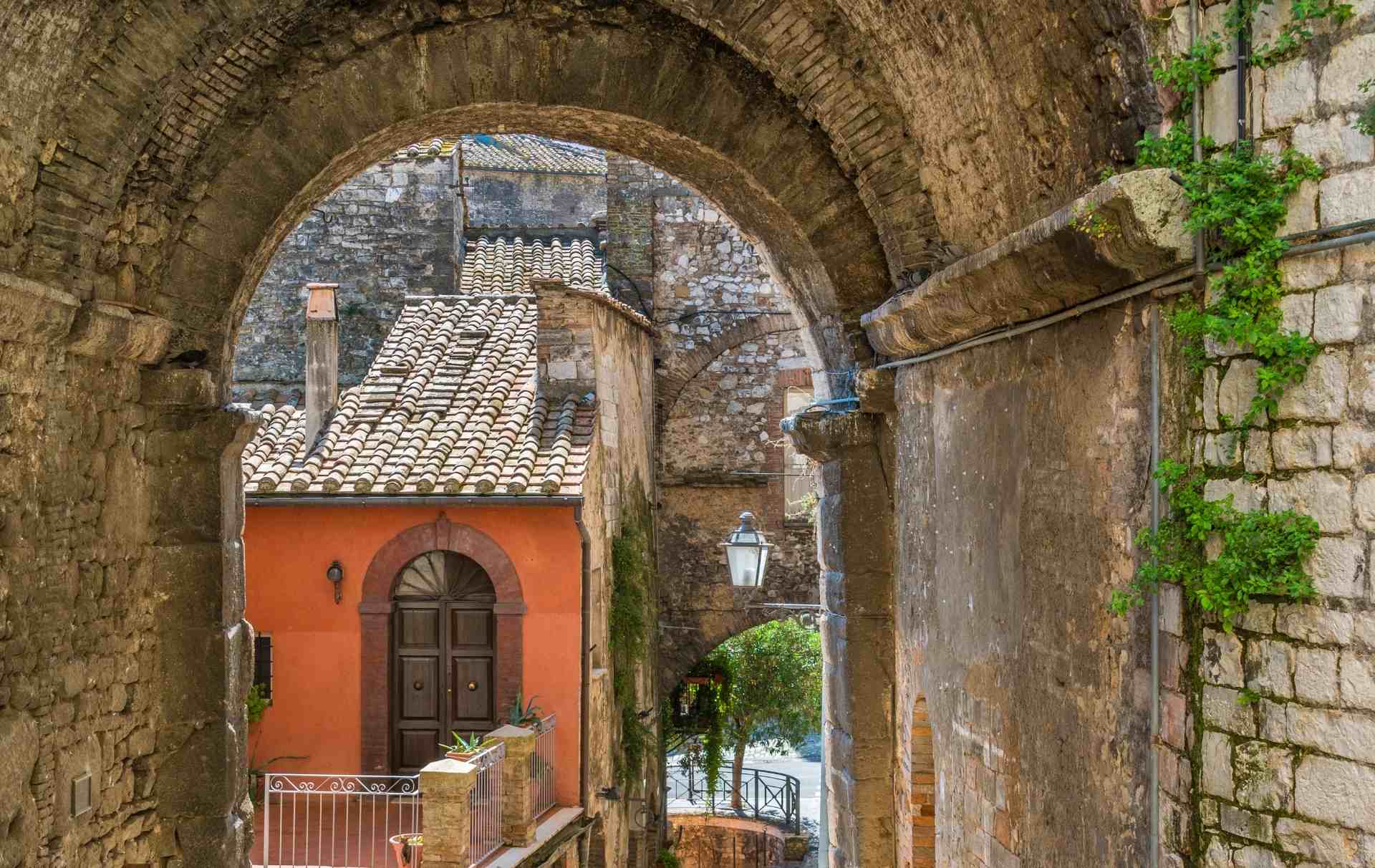The Mill of the Marquises Eroli rises on the banks of the river Nera , in a storical, artistic and naturalist contest of big importance, characterized by the ancient Via Flaminia , by the Augustus Bridge and by the Abbey of San Cassiano.
The Mill of the Marquises Eroli, a recognized monument of cultural interest.
Was always under the property of the Eroli family, the mill is one of the most ancient mills of our region, so much to be recognized by the State as a place of cultural interest.
Example of rural architecture of Umbria, the complex today is used as, with its wide locals and gardens along the bank of the river, a place where do conferences, exhibitions, weddings, parties and any other kind of events.

A visit into the Mill and its gardens.
The gardens, including one of the spans of the Augustus Bridge and a few steps from the entrance of the Gole del Nera cycle-pedestrian, are open to the public from March to November by appointment with guided tour for groups of people more than 10 and are rich of different species of flowers – camelie, rhododendri, peonie, ortensie, rose, tulimrs, piante di bordura – and trees – birches, acacias, liquidambar, ginkgo biloba, oaks, holm oaks, euonymi, liriodendri, viburni, ceanothus, rustifina – plants that in autumn turn their colors on red and orange tones, making the garden of particular suggestion.
To visit the gardens, for groups of more than 10 people, it is possible to combine breakfasts and snacks.
Eroli Mill
Via Tre Ponti, 7 05035, Narni
The Mill of the Marquises Eroli can be visited from March to November by reservations for groups of people more than 10.
It is suggested to park the car near the remains of the Augustus Bridge, in Via dei Tre Ponti.
Discover Narni.
Continue to walk with us discovering what to see inside the walls of Narni.
Or discover the points of interest of Narni and of its territory:

Cathedral of San Giovenale
Devoted to the first bishop of Narni who lived in the IV century BC, the Cathedral of San Giovenale is one of the most artistically,

Fiera Gate
The ancient and austere Fiera Gate, in the past called Porta San Vittore from the name of a church near by, there is on the

Via dell’Arco Romano
Via dell’Arco Romano, for its views and different restaurants where people enjoy the traditional dishes of Narni and more, is one of the most photographed


